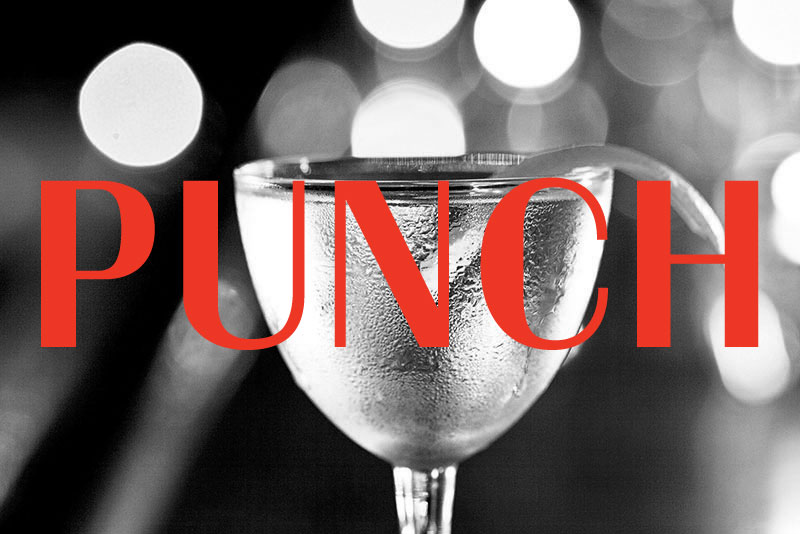
House
(adj.) Usually inexpensive spirits or wine that a bar or restaurant serves unlabeled, often referred to as “well.” The quality of the establishment is usually directly correlated with the level…
- story: Talia Baiocchi

(adj.) Usually inexpensive spirits or wine that a bar or restaurant serves unlabeled, often referred to as “well.” The quality of the establishment is usually directly correlated with the level…

1. (n.) A spirit (most often whiskey) mixed with a carbonated beverage in a roughly 1:2 ratio and served in a tall glass over ice. Originally a whisky and soda…

(v.) A highly choreographed and controversial version of the hand shake said to increase emulsification, texture and quality of ice chips that float on a shaken and poured cocktail. Developed…

(v.) A cocktail-making technique in which the ingredients are rapidly shaken by hand in a shaker before being strained into the service glass. Cocktails that include “cloudy” ingredients, such as…

(n.) An object placed on or in a finished cocktail that performs a decorative function, though some may also add flavor. Many garnishes are built into traditional cocktail recipes; some…

(v.) A bartending skill in which the act of portioning a cocktail’s ingredients is done by pouring spirits straight from the bottle, rather than measuring with a jigger first. A…

(v.) A bartending skill used to layer cocktail ingredients in the glass, as seen in drinks such as the Mai Tai, Black and Tan or Pousse Café. Typically a bartender…

(n.) This measurement of liquid is determined by finger width against a glass. (e.g. “I’d like two fingers of whiskey.”) The usage is growing increasingly infrequent, as finger width is…

(n.) This measurement of liquid equals one-fifth of a gallon. In the United States, where Imperial measurements are used in lieu of Metric, liquor was sold in either quarts (one-quarter…

(adj.) A drink order, usually in reference to the contemporary recipe for dry martinis, that specifies dry vermouth to be mixed with gin in a ratio of 1:5, or 6.